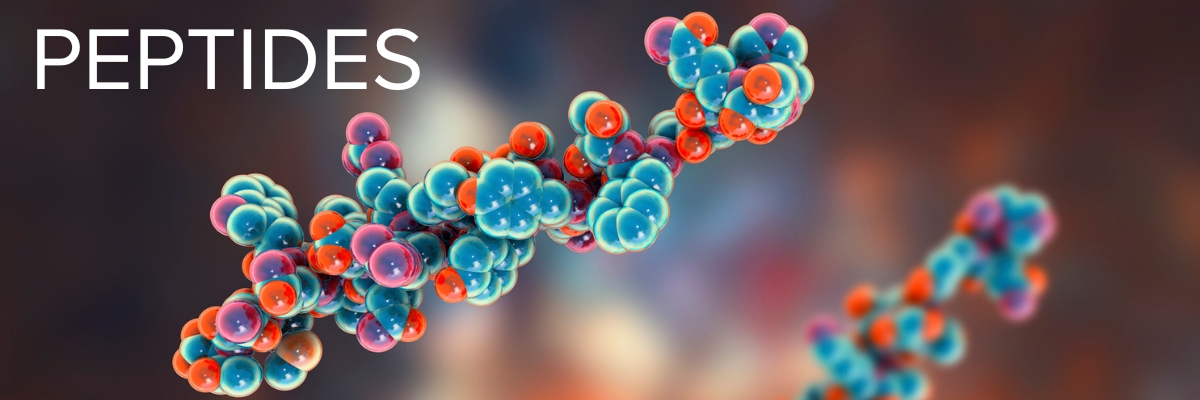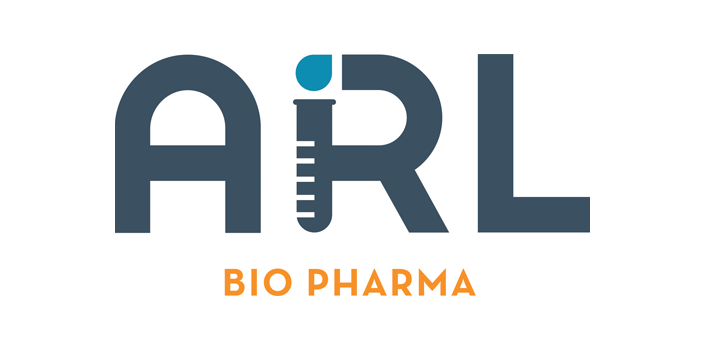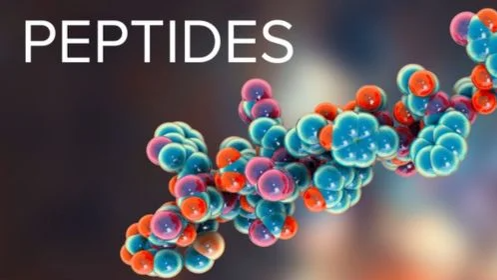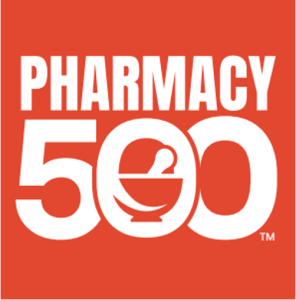
Nicole Vu, PhD, Scientific Director, ARL Bio Pharma
Compounding with synthetic peptides
Therapeutic peptides are biosimilar molecules, composed of a-amino acid (AA) polymer with a defined sequence of not more than 40 AA covalently linked by amide bonds. These biosimilar molecules are crucial to various biological processes including hormone regulation, immune function, wound healing, and metabolisms. Many therapeutic peptides are designed to have structural characteristics essential for their pharmacological effect and stability in-vivo, but they are very sensitive to storage and handling conditions. Thus, these peptide molecules deserve special attention to maintain their quality attributes through their period of use for consistent results in compounded preparations.
Synthetic peptide as active pharmaceutical ingredient (API)
Unlike compendial articles, manufacturers of synthetic peptides use in-house developed processes to produce peptide drug substances, and the manufacturer’s certificate of analysis (COA) is the official COA for the material. Before using these substances in compounded preparations, compounding pharmacies and outsourcing facilities should verify their quality. This includes confirming the correct identity and other critical attributes of the material, which should be traceable to a trusted reference standard. When sending the API to a contract laboratory for re-qualification testing, it is crucial to follow the manufacturer’s instructions for shipping and storage conditions. Storing the peptide in a tightly closed container at ambient temperature will maintain its stability for days to weeks. For longer storage, it is recommended to keep the peptides in a dark, cool place.
In general, bulk powder is structurally porous due to the small particle size of crystals that make up the bulk. Thereby bulk powder has a large surface area and high potential for moisture absorption. In addition, peptide molecules contain many amino acid residues with polar hydrophilic groups that contribute to the hygroscopicity of the bulk material. Frequent exposure of peptide material to the ambient atmosphere will eventually lead to changes in its physicochemical properties, such as agglomeration, solubility, microbial spoilage, and reduced stability of the peptide molecules. Therefore, frozen or refrigerated materials should be at room temperature prior to compounding to avoid moisture condensation and absorption that could shorten the shelf life of these products.
Challenges in compounding with synthetic peptides
While the intramolecular structure and intrinsic properties of AA residues determine the chemical and physical stability of peptide molecules in compounded preparations, the compounding process itself can introduce conditions conducive to peptide instability. These conditions include mixing, trituration, high application temperature, out-of-range pH, and high concentration of peptide in the formula. As a result, one of the most common problems in compounding with biosimilar peptides is aggregation, which leads to the formation of dimers, trimers (oligomers), and sub-visible particles.
In the absence of manufacturing controls, formulation excipients, solvents, and container/closure used in compounding can impact the stability, safety, and efficacy of peptide preparations. For example, peroxide in polysorbate 80, Shift-base reaction with dextrose, and metal leaches from glass or syringe containers and from rubber stoppers, etc. To ensure a safe and effective drug, compounders should carefully select solvents, vehicles, and container/closure when compounding peptides, as they can impact the solubility, stability, and effectiveness of the medication.
Contact ARL to request a quote for testing peptides.








